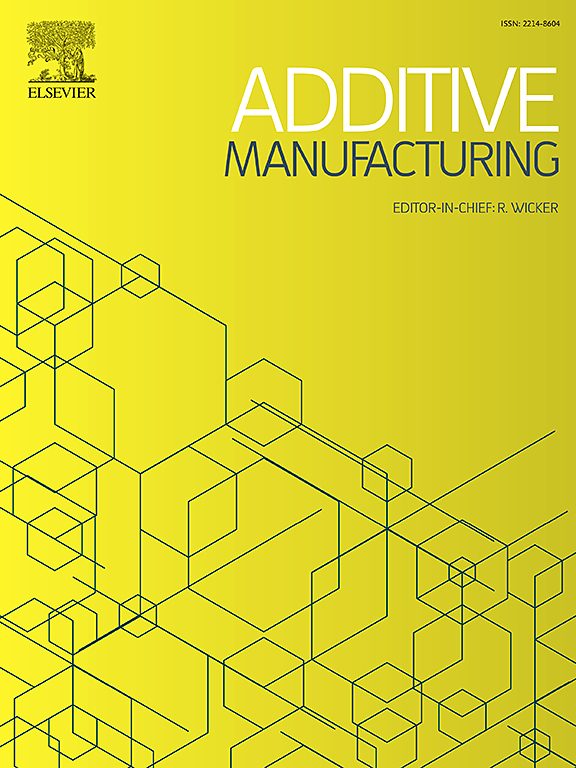Fast and accurate auto-disturbances-rejection temperature control system based on particle swarm optimized fuzzy control: Applied for particle three-dimensional (3D) printing prosthetic orthotic plate
IF 10.3
1区 工程技术
Q1 ENGINEERING, MANUFACTURING
引用次数: 0
Abstract
In traditional temperature control system of particle 3D printing extrusion device, it exists many issues such as slow response speed, large fluctuation, and poor anti-interference ability. The above issues cause the instability of the extruded PLA filament, affecting the mechanical properties and surface quality of the printed samples. Based on particle swarm optimization algorithm, this paper proposes a precise control method for temperature control system to iteratively optimize the quantization factor and proportion factor, finally it obtains the optimal weight factor. Compared with traditional PID control and fuzzy PID control, response speed has improved by 58.6 % and 40.0 % respectively, overshoot has reduced by 76 % and 35 % respectively, and steady-state time has shortened to 24 s. Comparison of experimental results: The tensile strength of the samples increases by 15.52 % and 7.47 % respectively, the bending strength increases by 17.93 % and 11.58 % respectively, and the internal pores are improved significantly. In summary, the method proposed in this paper can effectively solve the problems of the temperature control system for particle 3D printing, and improve the mechanical properties and surface quality of the samples. The printed prosthetic orthotic plate can well meet the fitness and comfort of the human body.
基于粒子群优化模糊控制的快速准确自抗扰温度控制系统:应用于粒子三维打印假肢矫形板
传统的颗粒3D打印挤压装置温度控制系统存在响应速度慢、波动大、抗干扰能力差等问题。上述问题导致PLA挤出长丝的不稳定性,影响打印样品的机械性能和表面质量。本文提出了一种基于粒子群优化算法的温控系统精确控制方法,对量化因子和比例因子进行迭代优化,最终得到最优权重因子。与传统PID控制和模糊PID控制相比,响应速度分别提高58.6% %和40.0% %,超调量分别降低76 %和35 %,稳态时间缩短至24 s。实验结果对比:试样的抗拉强度分别提高了15.52 %和7.47 %,抗弯强度分别提高了17.93 %和11.58 %,且内部孔隙明显改善。综上所述,本文提出的方法可以有效解决颗粒3D打印温度控制系统的问题,提高样品的力学性能和表面质量。打印的义肢矫形板能很好地满足人体的适应性和舒适性。
本文章由计算机程序翻译,如有差异,请以英文原文为准。
求助全文
约1分钟内获得全文
求助全文
来源期刊

Additive manufacturing
Materials Science-General Materials Science
CiteScore
19.80
自引率
12.70%
发文量
648
审稿时长
35 days
期刊介绍:
Additive Manufacturing stands as a peer-reviewed journal dedicated to delivering high-quality research papers and reviews in the field of additive manufacturing, serving both academia and industry leaders. The journal's objective is to recognize the innovative essence of additive manufacturing and its diverse applications, providing a comprehensive overview of current developments and future prospects.
The transformative potential of additive manufacturing technologies in product design and manufacturing is poised to disrupt traditional approaches. In response to this paradigm shift, a distinctive and comprehensive publication outlet was essential. Additive Manufacturing fulfills this need, offering a platform for engineers, materials scientists, and practitioners across academia and various industries to document and share innovations in these evolving technologies.
 求助内容:
求助内容: 应助结果提醒方式:
应助结果提醒方式:


